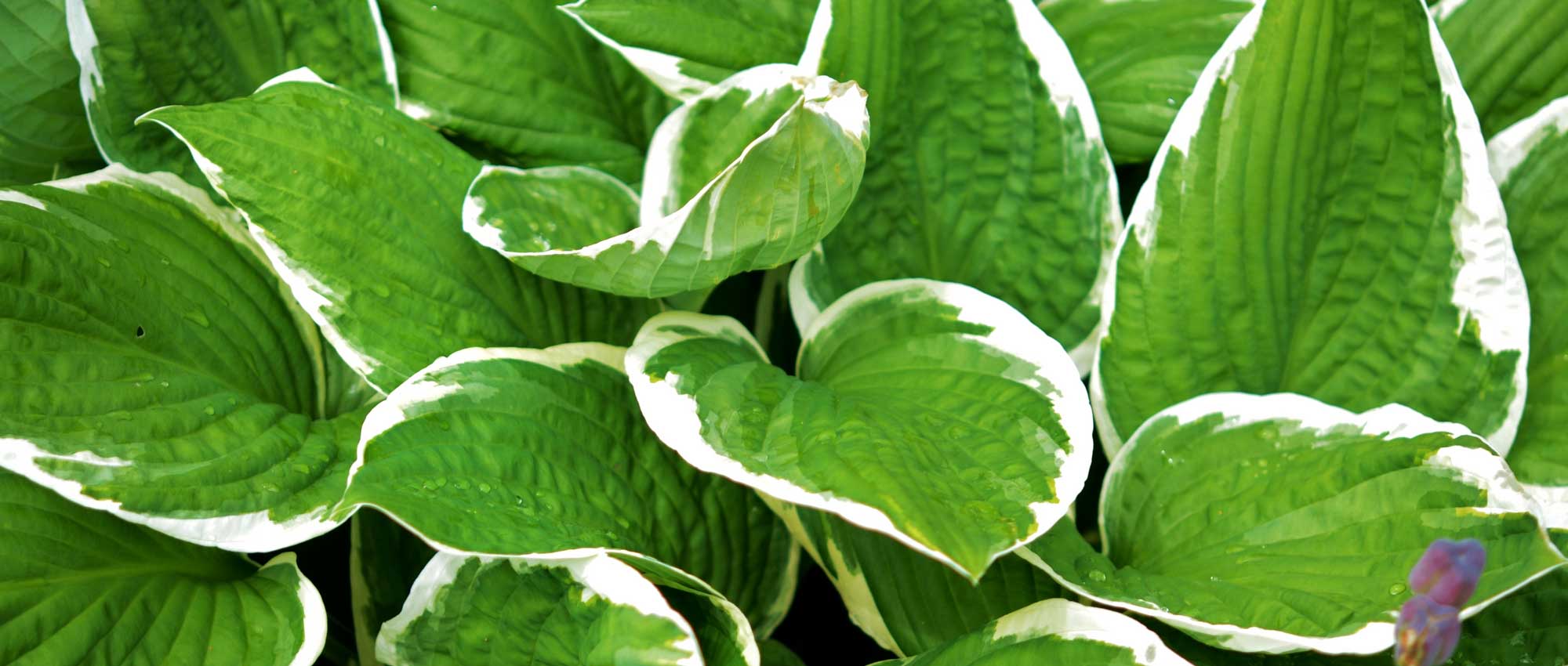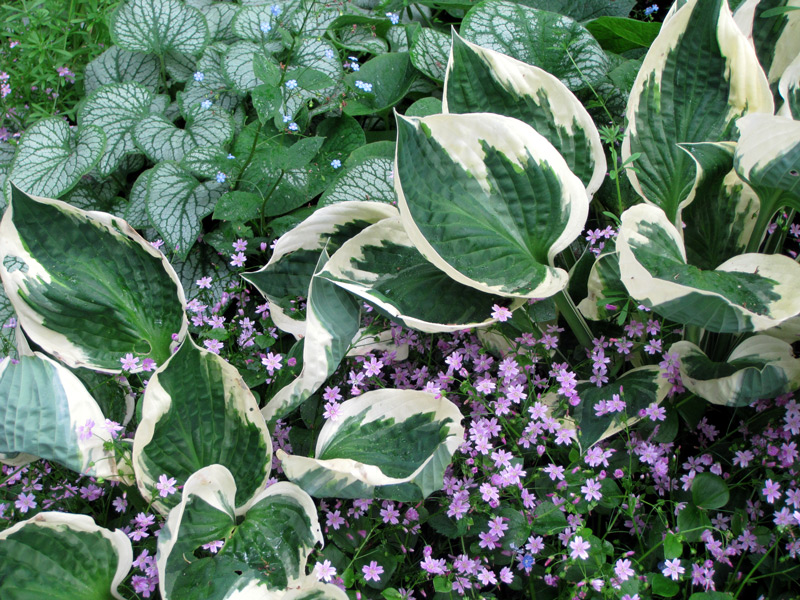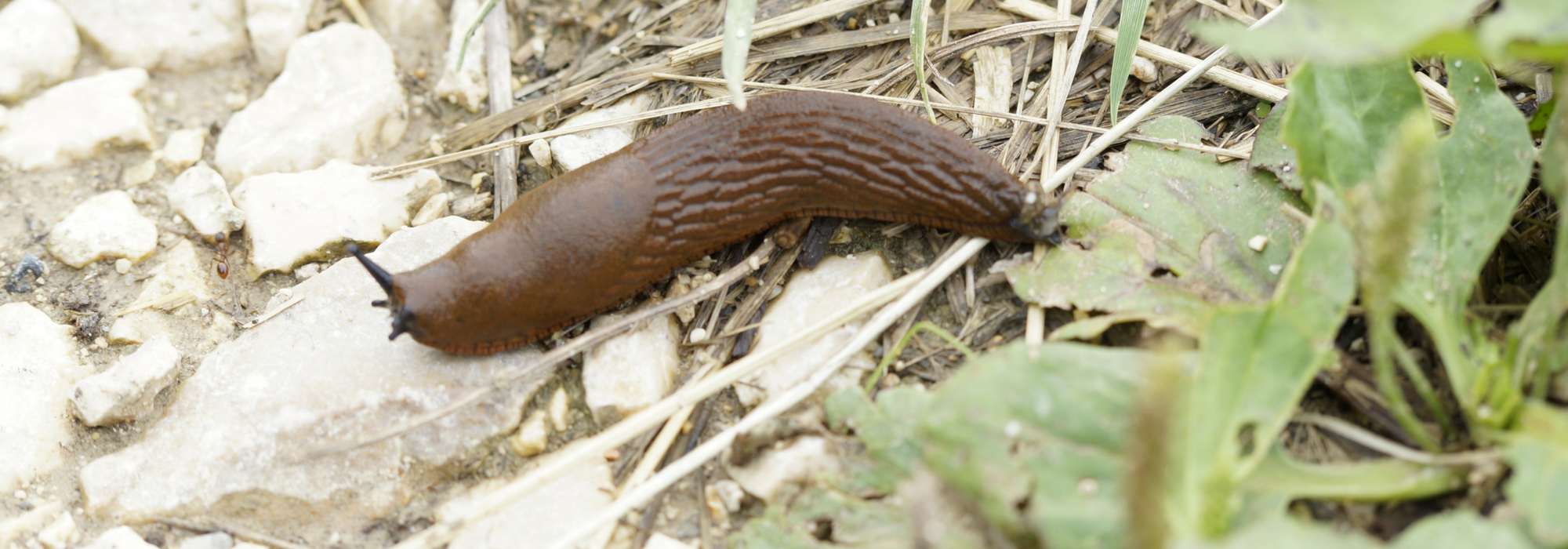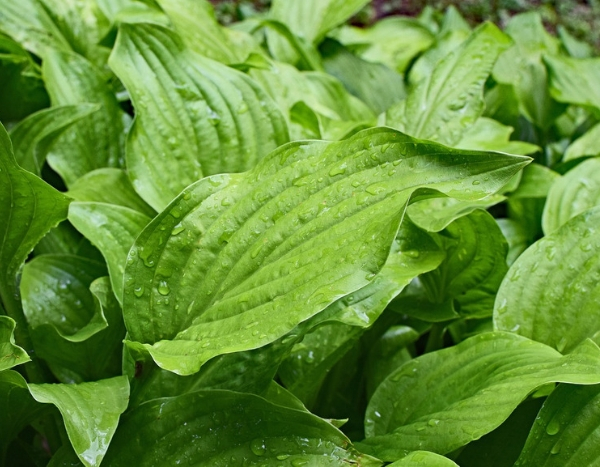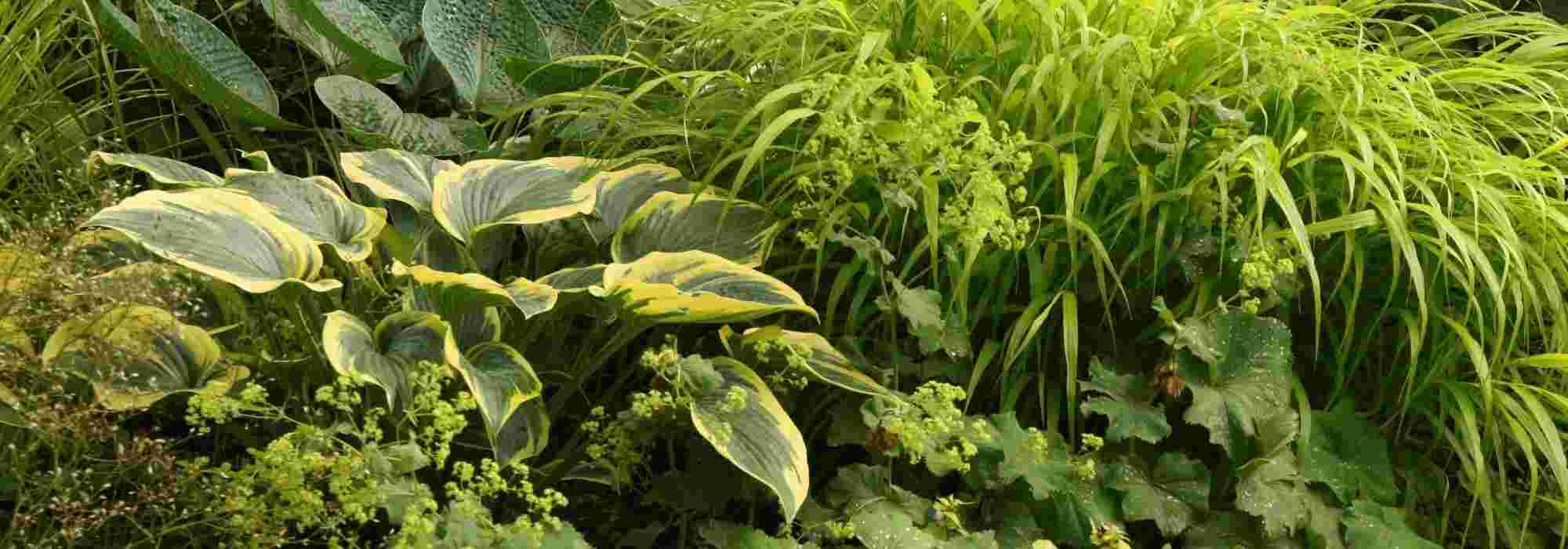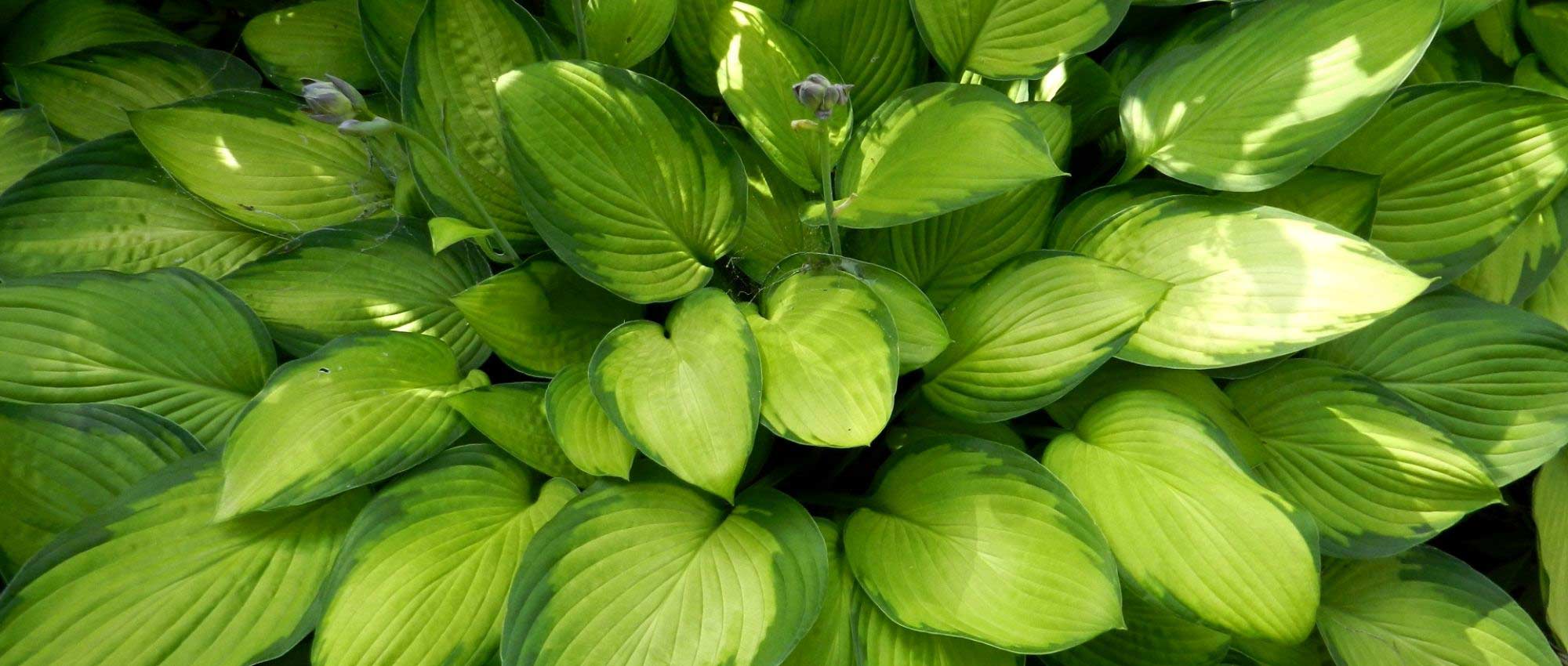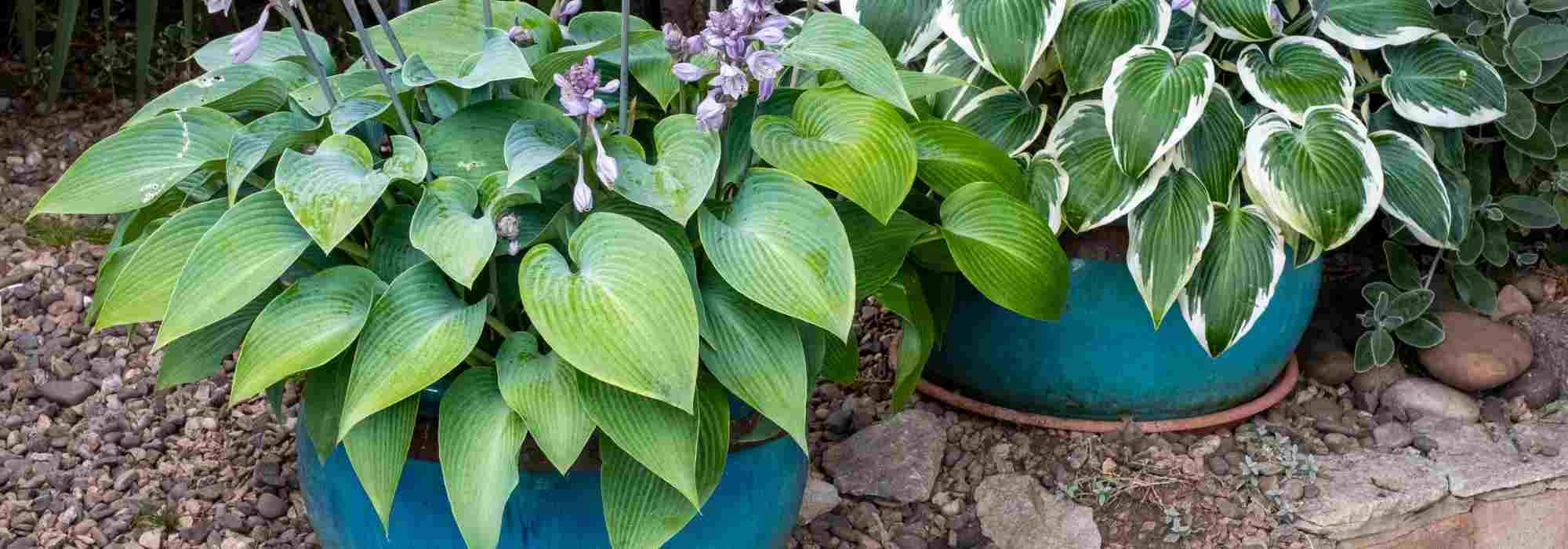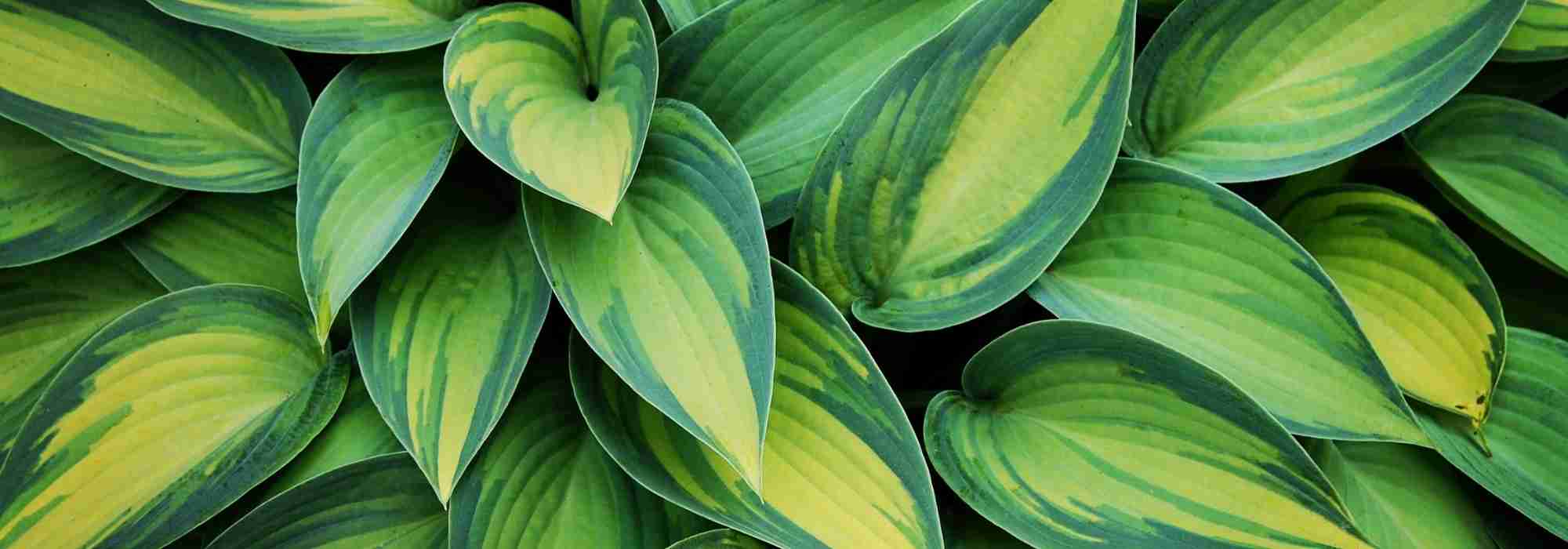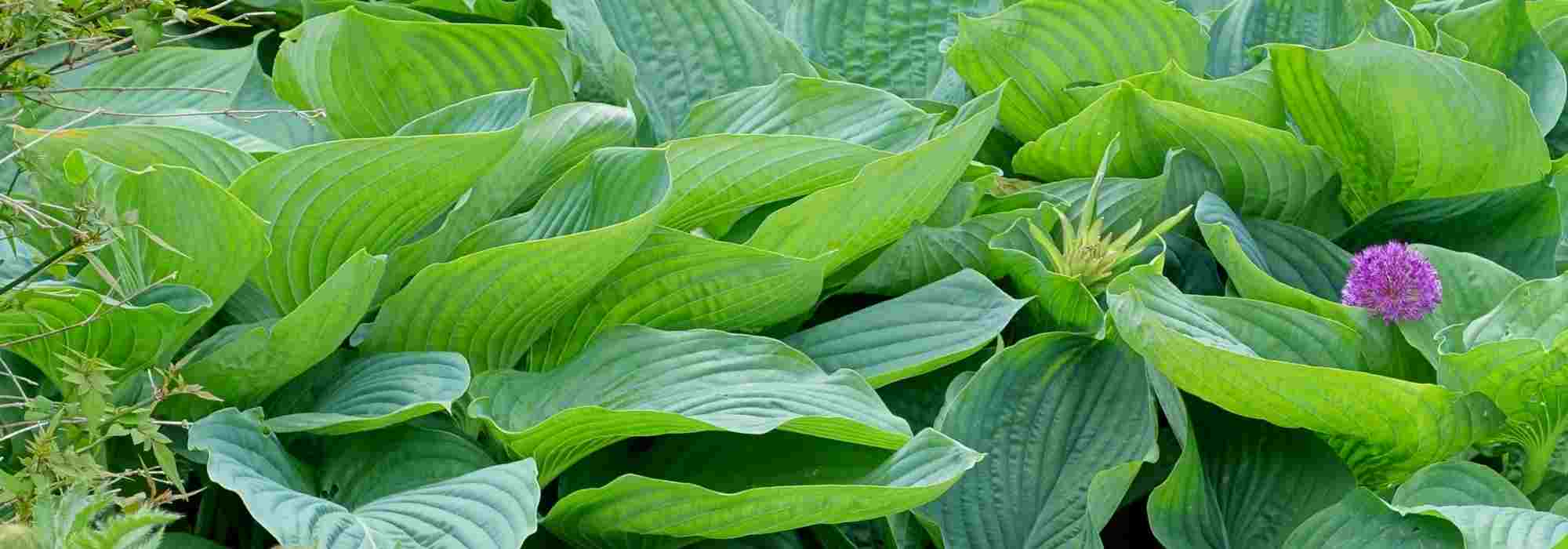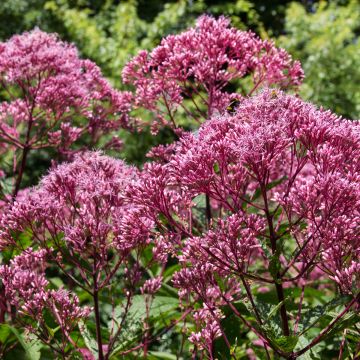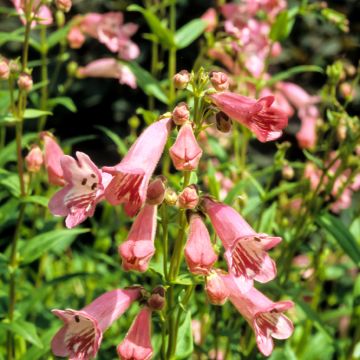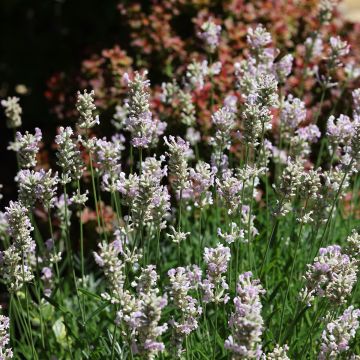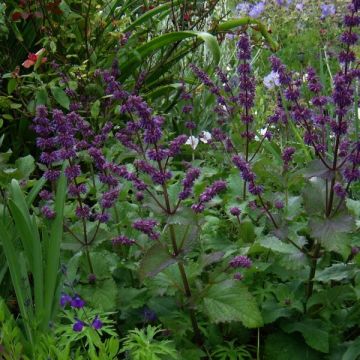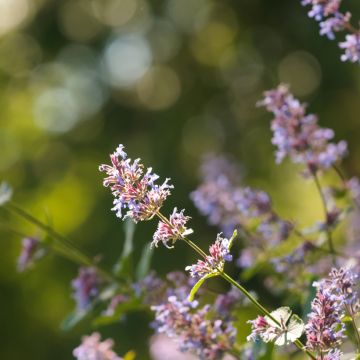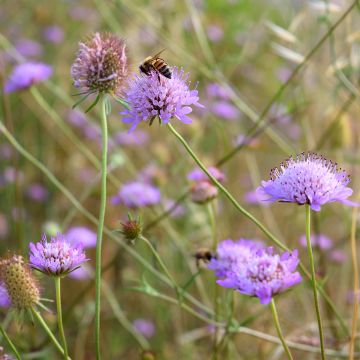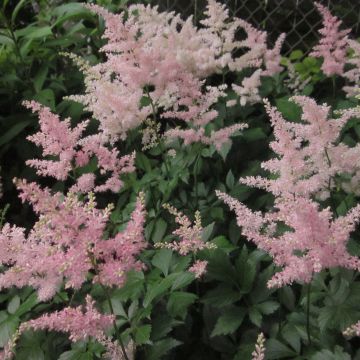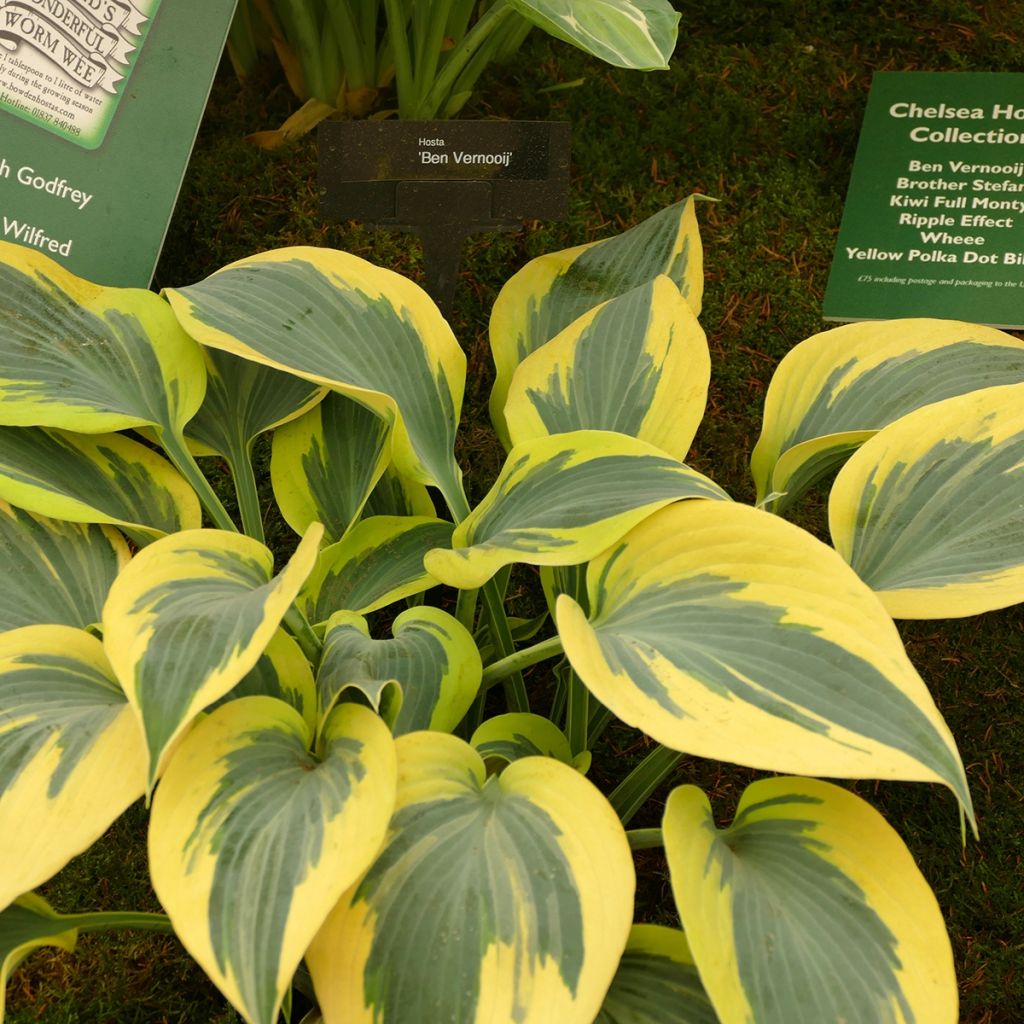

Hosta Yellow Polka Dot Bikini
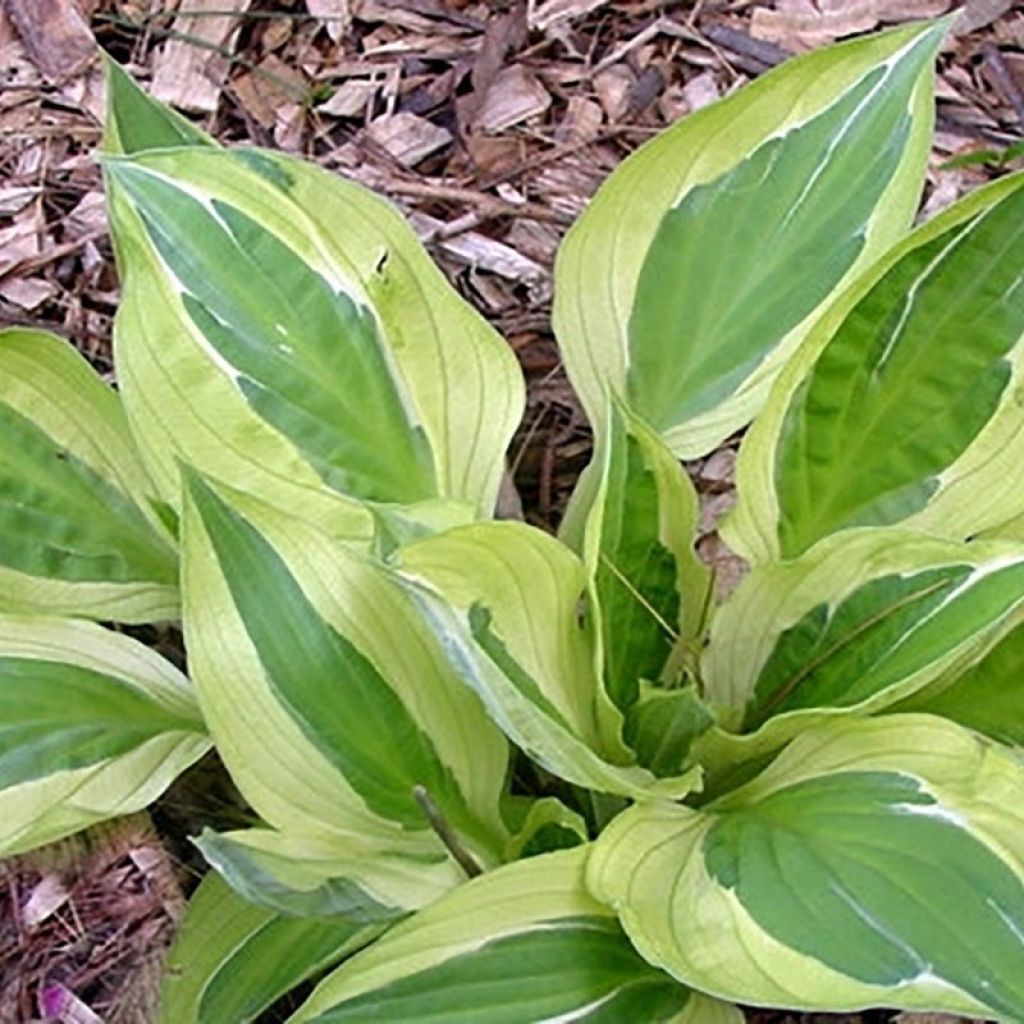

Hosta Yellow Polka Dot Bikini
Hosta Yellow Polka Dot Bikini
Hosta Yellow Polka Dot Bikini
Plantain Lily, Funkia
Good evening! I've had this variety of hostas for two years. This year, it's magnificent, but it's a shame that it changes colors during the season because the spring colors are truly superb. I have a collection of 75 different varieties of hostas, and it's a joy to watch them with their interesting shades of green, white, beige, or blue. Unfortunately, this joy is often ruined by those darn slugs that spoil their beauty, especially this year when we have had enough rain for the plants to thrive, but also too many slugs and snails, grrr. I do use Ferramol, but I made the mistake of putting the pellets directly in the pots, at the base of the plants (same in the field), but it's actually bait, so it attracts the gastropods to the wrong place. As a result, they eat some pellets but also climb onto the vegetation and devour it eagerly... Tonight, I put more pellets, but in places further away from my pots, and the slugs are already there! I have the impression that Ferramol doesn't really work on snails, they don't eat it and go straight for the hostas. On another note, I have two pots of hostas that are about 20 years old, and last year, I hung thin string around these pots with an inserted copper wire in an attempt to fight against slugs because they don't like to come into contact with this metal. And indeed, these pots were not besieged by gastropods of all kinds. It's worth trying again. Good night to all of you. Best regards, Françoise Marie.
Françoise Marie, 25/05/2023
Special offer!
Receive a €20 voucher for any order over €90 (excluding delivery costs, credit notes, and plastic-free options)!
1- Add your favorite plants to your cart.
2- Once you have reached €90, confirm your order (you can even choose the delivery date!).
3- As soon as your order is shipped, you will receive an email containing your voucher code, valid for 3 months (90 days).
Your voucher is unique and can only be used once, for any order with a minimum value of €20, excluding delivery costs.
Can be combined with other current offers, non-divisible and non-refundable.
Home or relay delivery (depending on size and destination)
Schedule delivery date,
and select date in basket
This plant carries a 12 months recovery warranty
More information
We guarantee the quality of our plants for a full growing cycle, and will replace at our expense any plant that fails to recover under normal climatic and planting conditions.
Would this plant suit my garden?
Set up your Plantfit profile →
Description
'Hosta 'Yellow Polka Dot Bikini' is a variety of moderate size that is distinguished by variegated foliage adorned with an original pattern, and a fine white line highlighting the centre of the leaf surface, inherited from its parent, the Hosta 'Striptease'. The spring leaves are largely bordered by yellow-green around a dark green-grey centre. The plant forms a fairly dense cushion, from which mauve bell-shaped flower spikes emerge in summer. A little gem to liven up slightly shaded areas, both in the ground and in pots.
'Hosta 'Yellow Polka Dot Bikini' is a completely hardy deciduous perennial, which from spring has a very wide dome-shaped habit. It belongs to the asparagus family. The plant will reach a height of 25cm (10in) and a width of 45cm (18in), growing fairly slowly over the years. It develops elongated heart-shaped leaves, ending in a pointed tip, with a thick and slightly wavy texture. The leaf surface, rounded when the leaves emerge, flattens out in summer. It is undulated, folded, and traversed by visible veins. The leaves change appearance during the growing season, and the yellow coloured margins will eventually become apple green. The flowers emerge from the foliage in July-August. They take the form of floral stems bearing clusters of pendulous lavender bell-shaped flowers, grouped towards the top. The vegetation disappears in winter and re-emerges from the ground in spring.
Hosta 'Yellow Polka Dot Bikini' will not go unnoticed in spring, attracting attention in a semi-shaded scene. It can be combined with many perennials such as astilbes, ferns, epimediums, and 'Claytonia sibirica', with which it forms beautiful colourful duos that require little maintenance, as well as with columbines and tall foxgloves or small violets. It can also be paired with shade-tolerant shrubs such as Mexican orange blossom, variegated holly, and azaleas. All hostas grow well in pots and can remain in the same container for several years. A special geranium potting soil should be chosen and used during the growing season. As long as the foliage is not too dense, watering can be done from the top of the pot. Then place a saucer under the pot where you will pour the water, maintaining a constant level in summer.
Most species widespread in Western gardens have been introduced from Japan. Edible, hostas are called 'urui' in Japan, where they are commonly consumed.
Hosta Yellow Polka Dot Bikini in pictures
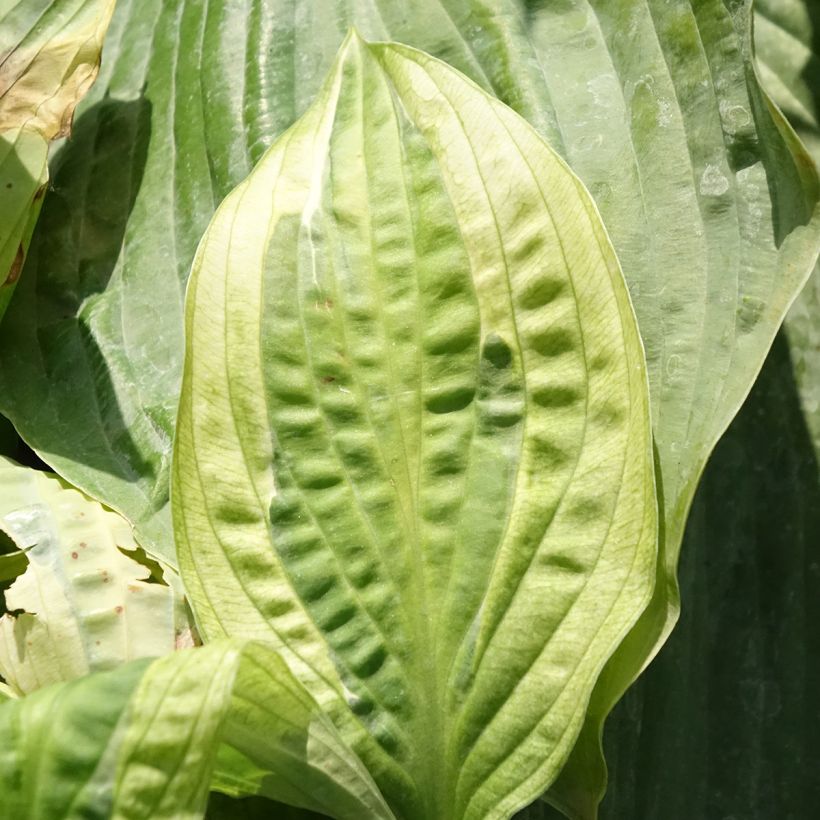

Flowering
Foliage
Plant habit
Botanical data
Hosta
Yellow Polka Dot Bikini
Liliaceae - Hostaceae
Plantain Lily, Funkia
Cultivar or hybrid
Planting and care
Hostas are planted in spring or autumn. Hostas prefer deep, fertile, humus-rich, loose soil, preferably neutral to acidic (at least low in limestone), and moist to wet throughout the year. Plant them in partial shade or dappled shade and in a sheltered location away from strong winds.
Prepare a planting hole of 20cm (8in) in all directions. If your soil is heavy, mix half compost with crumbled soil, partially backfill the hole, and place your plant so that the top of the root ball is covered with 3cm (1in) of soil. Adding a base fertiliser (such as bonemeal) will nourish your plant during its rooting period without the risk of burning. Make sure to position the collar well above ground level. Firm the soil and water thoroughly to eliminate air pockets. If the weather is dry, you will need to water regularly for a few weeks to facilitate the establishment of your plant. Also, water regularly during dry summers.
With their shared preference for moist areas, slugs and snails never stray far from hostas. Even though blue or variegated hostas often have thicker and tougher foliage, which is less appetising to slugs, these plants still need protection from gastropods. Protect your Hostas by surrounding them with ferramol-based pellets (approved for Organic Agriculture), eggshells, coffee grounds, mulch, or any dry and rough natural substance that repels them. Hedgehogs are gardeners' best allies in the fight against gastropods because, unlike chickens, they do not till the soil and do not attack the tender green shoots of young plants. Finally, some plants have a repellent odour for slugs, such as wormwood and garlic.
Planting period
Intended location
Care
Planting & care advice
-
, onOrder confirmed
Reply from on Promesse de fleurs
Similar products
Haven't found what you were looking for?
Hardiness is the lowest winter temperature a plant can endure without suffering serious damage or even dying. However, hardiness is affected by location (a sheltered area, such as a patio), protection (winter cover) and soil type (hardiness is improved by well-drained soil).

Photo Sharing Terms & Conditions
In order to encourage gardeners to interact and share their experiences, Promesse de fleurs offers various media enabling content to be uploaded onto its Site - in particular via the ‘Photo sharing’ module.
The User agrees to refrain from:
- Posting any content that is illegal, prejudicial, insulting, racist, inciteful to hatred, revisionist, contrary to public decency, that infringes on privacy or on the privacy rights of third parties, in particular the publicity rights of persons and goods, intellectual property rights, or the right to privacy.
- Submitting content on behalf of a third party;
- Impersonate the identity of a third party and/or publish any personal information about a third party;
In general, the User undertakes to refrain from any unethical behaviour.
All Content (in particular text, comments, files, images, photos, videos, creative works, etc.), which may be subject to property or intellectual property rights, image or other private rights, shall remain the property of the User, subject to the limited rights granted by the terms of the licence granted by Promesse de fleurs as stated below. Users are at liberty to publish or not to publish such Content on the Site, notably via the ‘Photo Sharing’ facility, and accept that this Content shall be made public and freely accessible, notably on the Internet.
Users further acknowledge, undertake to have ,and guarantee that they hold all necessary rights and permissions to publish such material on the Site, in particular with regard to the legislation in force pertaining to any privacy, property, intellectual property, image, or contractual rights, or rights of any other nature. By publishing such Content on the Site, Users acknowledge accepting full liability as publishers of the Content within the meaning of the law, and grant Promesse de fleurs, free of charge, an inclusive, worldwide licence for the said Content for the entire duration of its publication, including all reproduction, representation, up/downloading, displaying, performing, transmission, and storage rights.
Users also grant permission for their name to be linked to the Content and accept that this link may not always be made available.
By engaging in posting material, Users consent to their Content becoming automatically accessible on the Internet, in particular on other sites and/or blogs and/or web pages of the Promesse de fleurs site, including in particular social pages and the Promesse de fleurs catalogue.
Users may secure the removal of entrusted content free of charge by issuing a simple request via our contact form.
The flowering period indicated on our website applies to countries and regions located in USDA zone 8 (France, the United Kingdom, Ireland, the Netherlands, etc.)
It will vary according to where you live:
- In zones 9 to 10 (Italy, Spain, Greece, etc.), flowering will occur about 2 to 4 weeks earlier.
- In zones 6 to 7 (Germany, Poland, Slovenia, and lower mountainous regions), flowering will be delayed by 2 to 3 weeks.
- In zone 5 (Central Europe, Scandinavia), blooming will be delayed by 3 to 5 weeks.
In temperate climates, pruning of spring-flowering shrubs (forsythia, spireas, etc.) should be done just after flowering.
Pruning of summer-flowering shrubs (Indian Lilac, Perovskia, etc.) can be done in winter or spring.
In cold regions as well as with frost-sensitive plants, avoid pruning too early when severe frosts may still occur.
The planting period indicated on our website applies to countries and regions located in USDA zone 8 (France, United Kingdom, Ireland, Netherlands).
It will vary according to where you live:
- In Mediterranean zones (Marseille, Madrid, Milan, etc.), autumn and winter are the best planting periods.
- In continental zones (Strasbourg, Munich, Vienna, etc.), delay planting by 2 to 3 weeks in spring and bring it forward by 2 to 4 weeks in autumn.
- In mountainous regions (the Alps, Pyrenees, Carpathians, etc.), it is best to plant in late spring (May-June) or late summer (August-September).
The harvesting period indicated on our website applies to countries and regions in USDA zone 8 (France, England, Ireland, the Netherlands).
In colder areas (Scandinavia, Poland, Austria...) fruit and vegetable harvests are likely to be delayed by 3-4 weeks.
In warmer areas (Italy, Spain, Greece, etc.), harvesting will probably take place earlier, depending on weather conditions.
The sowing periods indicated on our website apply to countries and regions within USDA Zone 8 (France, UK, Ireland, Netherlands).
In colder areas (Scandinavia, Poland, Austria...), delay any outdoor sowing by 3-4 weeks, or sow under glass.
In warmer climes (Italy, Spain, Greece, etc.), bring outdoor sowing forward by a few weeks.






























